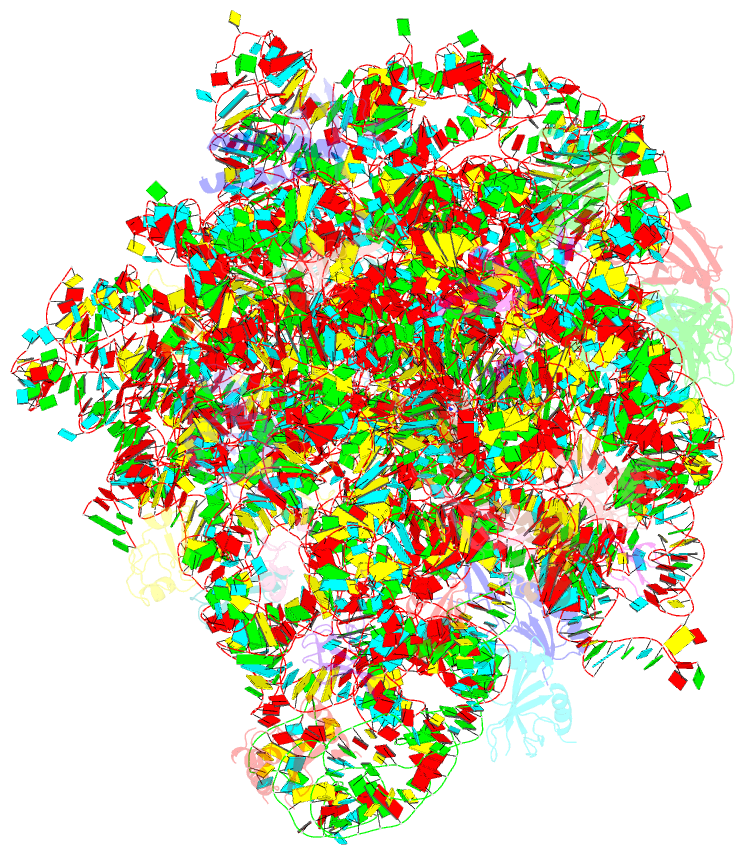Summary information and primary citation
- PDB-id
- 6wqn; SNAP-derived features in text and JSON formats;
DNAproDB
- Class
- ribosome
- Method
- cryo-EM (2.9 Å)
- Summary
- Structure of the 50s subunit of the ribosome from methicillin resistant staphylococcus aureus in complex with the antibiotic, contezolid
- Reference
- Wright A, Deane-Alder K, Marschall E, Bamert R, Venugopal H, Lithgow T, Lupton DW, Belousoff MJ (2020): "Characterization of the Core Ribosomal Binding Region for the Oxazolidone Family of Antibiotics Using Cryo-EM." Acs Pharmacol Transl Sci, 3, 425-432. doi: 10.1021/acsptsci.0c00041.
- Abstract
- Linezolid and tedizolid are oxazolidinones with established clinical utility for the treatment of Gram-positive pathogens. Over time it has become apparent that even modest structural changes to the core phenyl oxazolidinone leads to drastic changes in biological activity. Consequently, the structure-activity relationship around the core oxazolidinone is constantly evolving, often reflected with new structural motifs present in nascent oxazolidinones. Herein we describe the use of cryo-electron microscopy to examine the differences in binding of several functionally different oxazolidinones in the hopes of enhanced understanding of their SAR. Tedizolid, radezolid, T145, and contezolid have been examined within the peptidyl transferase center (PTC) of the 50S ribosomal subunit from methicillin resistant Staphylococcus aureus. The ribosome-antibiotic complexes were resolved to a resolution of around 3 Å enabling unambiguous assignment of how each antibiotic interacts with the PTC.





